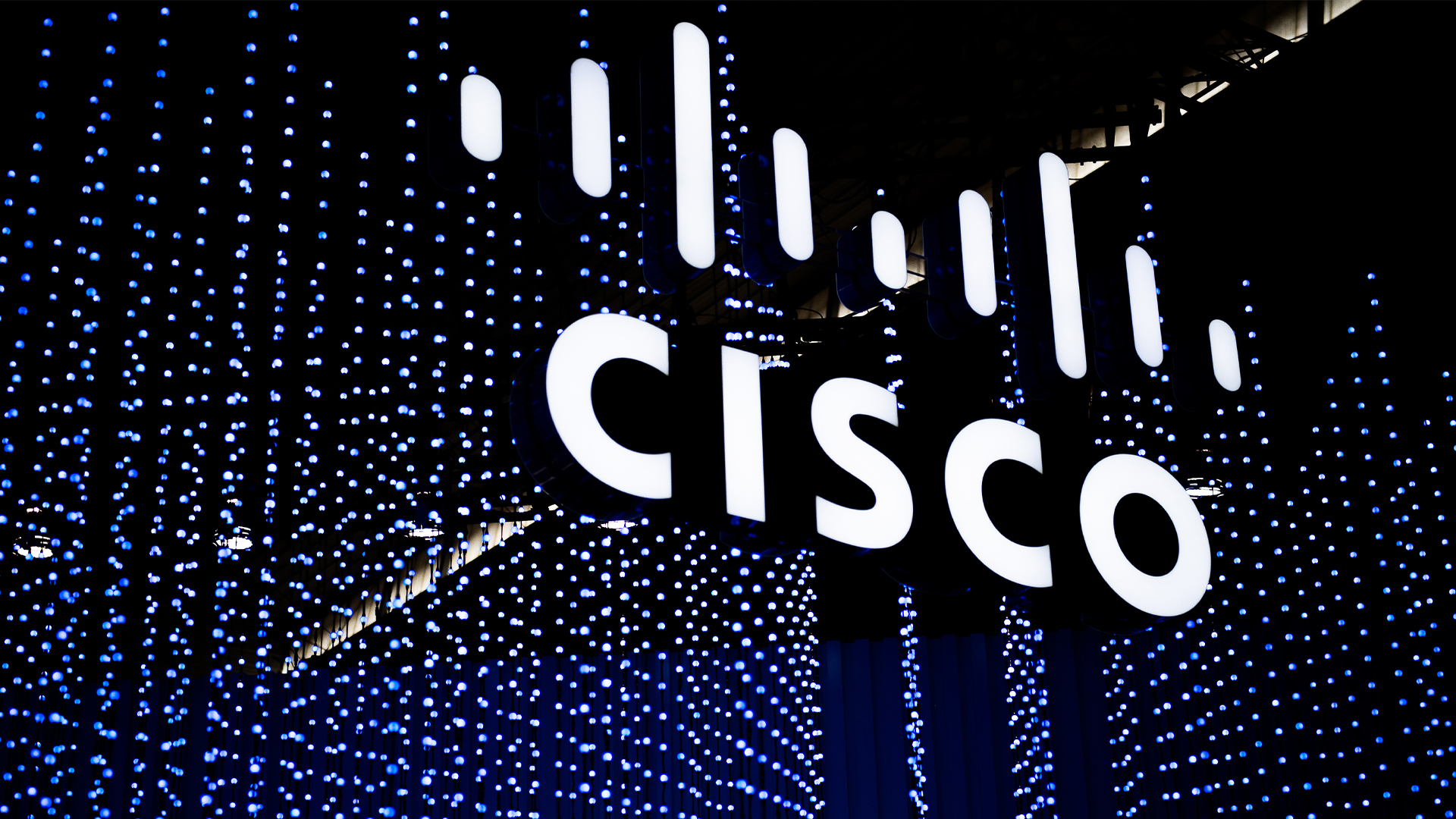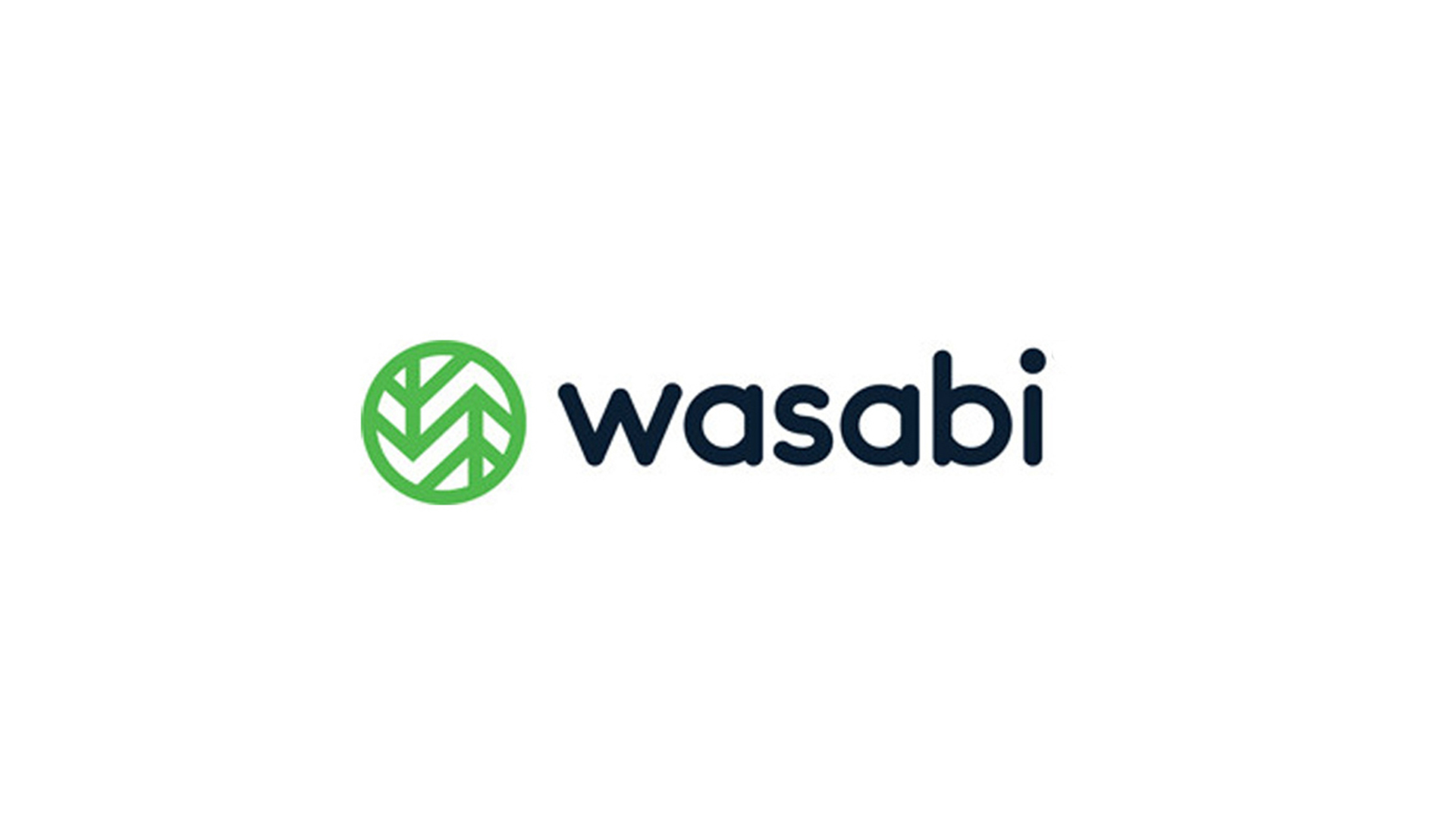Why the channel must think outside the box with servitisation
In the midst of changing technologies, firms should dream big and look to offer services alongside their products

Among the perks of holiday shopping is picking up a few presents for yourself; a little reward for the thought and money we spend on others each year. I believe businesses should think in the same way. They should treat the new year as an opportunity to consider how to future-proof their business and think outside the box about the technologies they can harness to improve their services, operations and expand revenue streams.
When faced with the cornucopia of tech available today, the biggest challenge is knowing what systems will be most relevant, and which will yield the biggest return-on-investment (ROI). However, with a fixation on developing new products and bringing them to market at speed, businesses can often be blind to some of the wider opportunities for expansion; this is where we may start to see change. Industry 4.0 - a broad term that encompasses everything from 3D printing to the Internet of Things (IoT) - is one such development.
As IoT takes off, we now find digital embedded in everyday products, from fridges and cars to the essential processes' businesses rely on; payroll, expenses and tax. Now, firms have a once-in-a-generation chance to diversify their business models, taking advantage of the rise of 'servitisation' - a relatively recent concept adopted by manufacturers to deliver a service component in tandem with their traditional product. By expanding and improving the range of services offered alongside products, businesses are providing added value to customers, securing orders and boosting profitability.
In simple terms, servitisation ensures that the customer has more reasons to stay using and purchasing from the business for longer, by developing a broader offering of services that supplement the product being sold. Rather than the customer relationship ending with the sale of an item, servitisation enables businesses to expand the scope within which they can earn revenue on a longer-term basis, examples of which include the use of monitoring and diagnostics, predictive maintenance, pay-per-use models, and a host of other smart services.
There's nothing particularly new about this concept. But it's especially relevant today as competition within tech-centric industries increases, and technology becomes an underlying factor behind a growing range of B2C and B2B services. Something as mundane as a washing machine could generate long-tail revenues from, say, the sale of washing powder, spare parts or maintenance contracts. Or indeed, the introduction of smart appliances with home connect technology means customers no longer need to report a fault or a service - the device orders the part and books the engineer for you. Today, businesses need to think beyond and outside the box to stay relevant and front-of-mind for their customers - if they don't, someone else soon will.
The potential for servitisation is exciting and limitless, but that doesn't mean it's for everyone. At its very core, lies data: a commodity which is under increasing scrutiny. Therefore trust, in data quality and security, is a central success factor to the servitisation trend. Not only is it increasing the number of touchpoints a business has with its customers, but also strengthens the relationship and expected ROI. Businesses need to ensure the trust factor is secure before spreading themselves too thinly, and potentially opening them up to venerability.
To make a success of servitisation, or, indeed, of any of the new technologies on the market, organisations need to be ambitious, bold and far-sighted. The value lies in being able to look beyond the current product offering and explore the scope for additional services that make you indispensable; enhanced customer service, delivery options or analytic capabilities can be the competitive leverage that makes the final difference. As businesses face an uncertain economic and political future in the year ahead, they must dream big and stay one step ahead of the competition. The rise of servitisation and the opportunity to create a range of new, value-added services is a trend that no business can afford to ignore.
Stay up to date with the latest Channel industry news and analysis with our twice-weekly newsletter
Klaus-Michael Vogelberg is chief technology officer (CTO) at Sage
-
 Pure DC’s announces 'Europe’s largest standalone hyperscale data center lease' in Amsterdam — but who is the mystery customer?
Pure DC’s announces 'Europe’s largest standalone hyperscale data center lease' in Amsterdam — but who is the mystery customer?News The company is now constructing a 78MW campus in Westpoort, Amsterdam
-
 Cloud security teams are in turmoil
Cloud security teams are in turmoilNews Cloud security teams are scrambling to keep pace with expanding attack surfaces, new research from Palo Alto Networks shows, largely due to the rapid adoption of enterprise AI solutions.
-
 Cisco names Oliver Tuszik as global sales chief
Cisco names Oliver Tuszik as global sales chiefNews Cisco has announced the appointment of Oliver Tuszik as its new executive vice president of global sales, who replaces Gary Steele.
-
 Selling on outcomes, not solutions – how the channel can improve sales success in 2025
Selling on outcomes, not solutions – how the channel can improve sales success in 2025Industry Insights The traditional solutions-led approach to channel sales needs to be adapted – here’s how
-
 Wasabi Technologies promotes Jon Howes to SVP of global sales
Wasabi Technologies promotes Jon Howes to SVP of global salesNews The industry veteran will lead the cloud storage firm’s global sales operations as it looks to further growth
-
 Why technology resellers are essential to UK government
Why technology resellers are essential to UK governmentIndustry Insights Technology resellers can play a pivotal role in supporting public sector digital transformation
-
 How the channel can maximize market opportunities for business growth
How the channel can maximize market opportunities for business growthIndustry Insights Adapting to emerging technology trends, fostering closer client relationships, and building a strong online presence will be key to maximizing channel growth
-
 Understanding the customer journey is key to building stronger client relationships
Understanding the customer journey is key to building stronger client relationshipsIndustry Insights Understanding the complexities of the modern customer journey will be key to fostering robust, long-term relationships with clients
-
 Building channel resilience in 2023 and beyond
Building channel resilience in 2023 and beyondIndustry Insights Building a resilient, robust channel ecosystem could be key to weathering current economic trends
-
 Veritas bolsters partner program with new incentives and rewards
Veritas bolsters partner program with new incentives and rewardsNews A simplified channel platform process will enable partners to focus on their core strengths in FY24, the company says